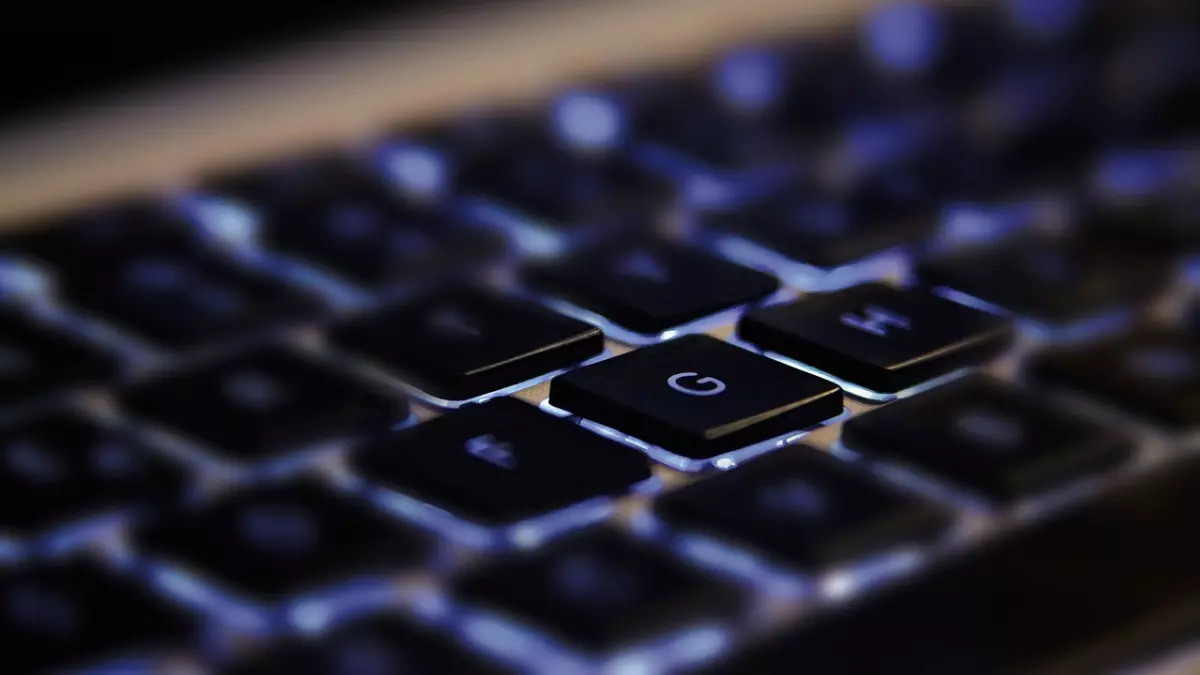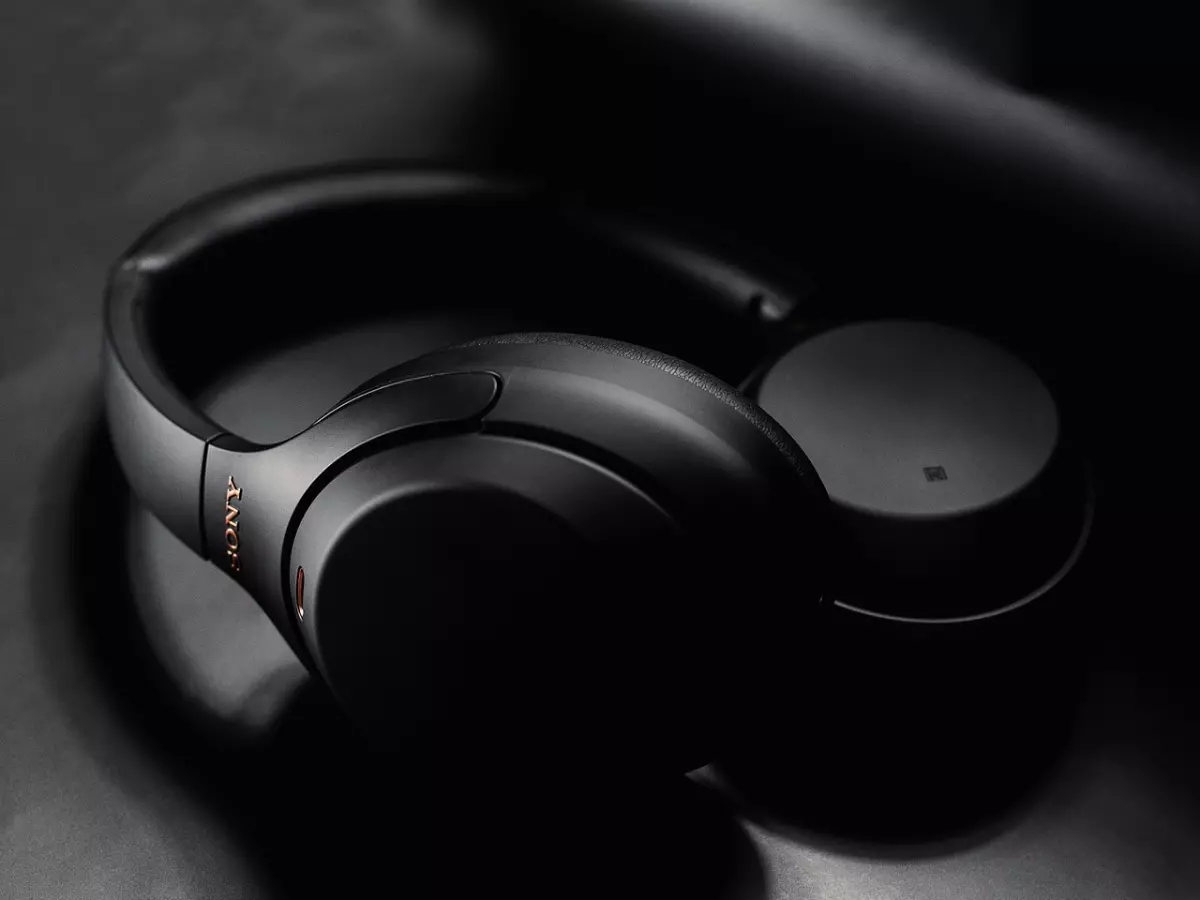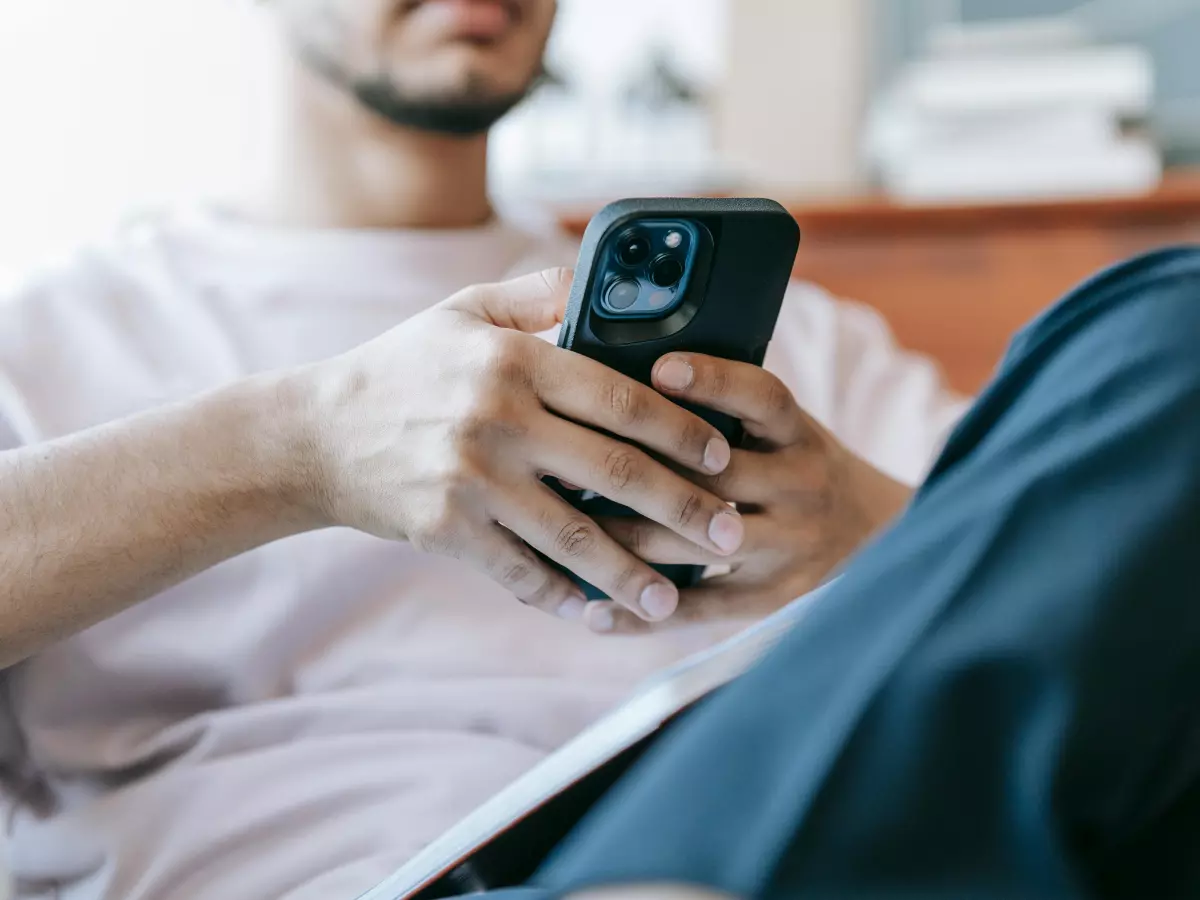LiDAR's Big Leap
Did you know that LiDAR technology, once reserved for self-driving cars and industrial applications, is now making its way into your everyday gadgets?

By Sarah Kim
There’s a common misconception that LiDAR (Light Detection and Ranging) is only useful for high-end, industrial tech like autonomous vehicles or large-scale mapping. But here’s the kicker: LiDAR is already quietly revolutionizing the gadgets in your pocket, on your wrist, and even in your living room. From smartphones to smart home devices, this tech is changing the game in ways you probably haven’t even noticed yet.
So, what exactly is LiDAR doing for your gadgets? Let’s break it down. LiDAR uses laser pulses to measure distances by calculating how long it takes for the light to bounce back from an object. This gives devices an incredibly accurate sense of depth and spatial awareness. And when you combine this with other sensors and processors, the possibilities are endless.
1. Supercharging Augmented Reality (AR)
Let’s start with the obvious: AR. If you’ve ever played around with AR apps on your phone, you’ve probably noticed that some are better than others at detecting surfaces and placing virtual objects in the real world. That’s where LiDAR comes in. By scanning your environment with laser precision, LiDAR allows your device to understand the depth and contours of a room in real-time. This means AR objects can be placed more accurately and interact with real-world surfaces in ways that feel more natural.
For example, instead of a virtual chair awkwardly floating in mid-air, LiDAR ensures that it sits perfectly on the floor, even accounting for uneven surfaces like rugs or steps. This is a game-changer for AR gaming, interior design apps, and even virtual shopping experiences where you can “try” products in your home before buying them.
2. Elevating Photography and Videography
LiDAR isn’t just for AR; it’s also making waves in photography and videography. Ever wonder how your phone’s camera can focus so quickly in low-light conditions? That’s LiDAR at work. By using laser pulses to measure the distance between the camera and the subject, LiDAR enables faster and more accurate autofocus, even in challenging lighting situations.
Beyond autofocus, LiDAR also improves portrait mode by creating more accurate depth maps. This means better edge detection and more realistic background blurring (aka bokeh). In short, your photos look more professional, and your videos have smoother transitions between subjects and backgrounds.
3. Enhancing Smart Home Devices
LiDAR isn’t just confined to your smartphone. It’s also making its way into smart home gadgets, particularly in the realm of navigation. Take robot vacuums, for example. Older models relied on basic sensors to navigate your home, often bumping into furniture or getting stuck in corners. But with LiDAR, these vacuums can create detailed maps of your home, allowing them to clean more efficiently and avoid obstacles with laser-guided precision.
LiDAR is also being used in smart security systems. By scanning the environment, LiDAR can detect movement and even differentiate between objects like pets, people, and furniture. This reduces false alarms and makes your home security system smarter and more reliable.
4. Revolutionizing Navigation and Mapping
Speaking of navigation, LiDAR is a game-changer for mapping applications. Whether you’re using a drone to survey land or simply trying to find your way through a new city, LiDAR provides incredibly accurate 3D maps. Unlike traditional GPS, which can struggle with vertical accuracy (like when you’re in a multi-story building), LiDAR can map your surroundings in full 3D, giving you a much clearer sense of where you are.
This is especially useful for autonomous drones and robots, which rely on precise spatial awareness to avoid obstacles and complete tasks. But even for everyday users, LiDAR-enhanced maps can make navigation apps more accurate, especially in complex environments like urban centers or indoor spaces.
5. Improving Accessibility Features
One of the most exciting applications of LiDAR is in the realm of accessibility. For people with visual impairments, LiDAR can be a game-changer. By scanning the environment and providing real-time feedback, LiDAR can help users navigate spaces more easily. Imagine a smartphone app that uses LiDAR to detect obstacles and guide users around them, or a wearable device that vibrates to alert the user of nearby objects.
LiDAR is also being integrated into assistive technologies like smart canes and glasses, providing a new level of independence for people with disabilities. And as the technology continues to evolve, we can expect even more innovative applications that make the world more accessible for everyone.
So, the next time you hear someone say that LiDAR is just for self-driving cars or industrial robots, you can confidently tell them they’re missing out on how it’s already transforming the gadgets we use every day.
As LiDAR continues to evolve, we’re only scratching the surface of what it can do. Whether it’s enhancing AR, improving photography, or making our homes smarter, this tech is here to stay—and it’s only going to get better.
“Technology is best when it brings people together.” – Matt Mullenweg





